A large population study links social disconnectedness—especially loneliness—to higher rates of mental illness and other major health problems.


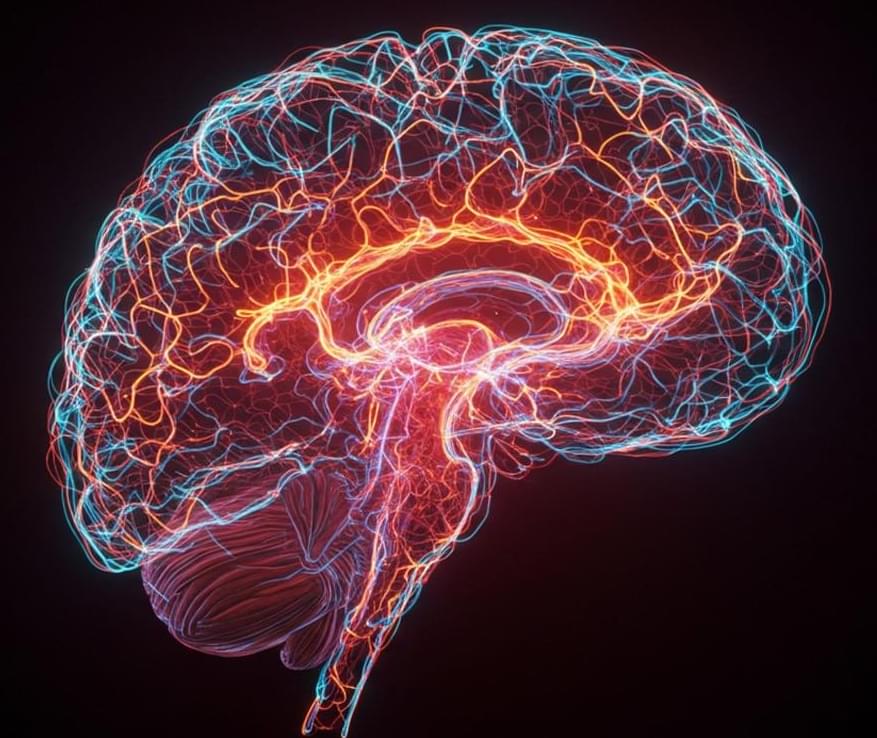
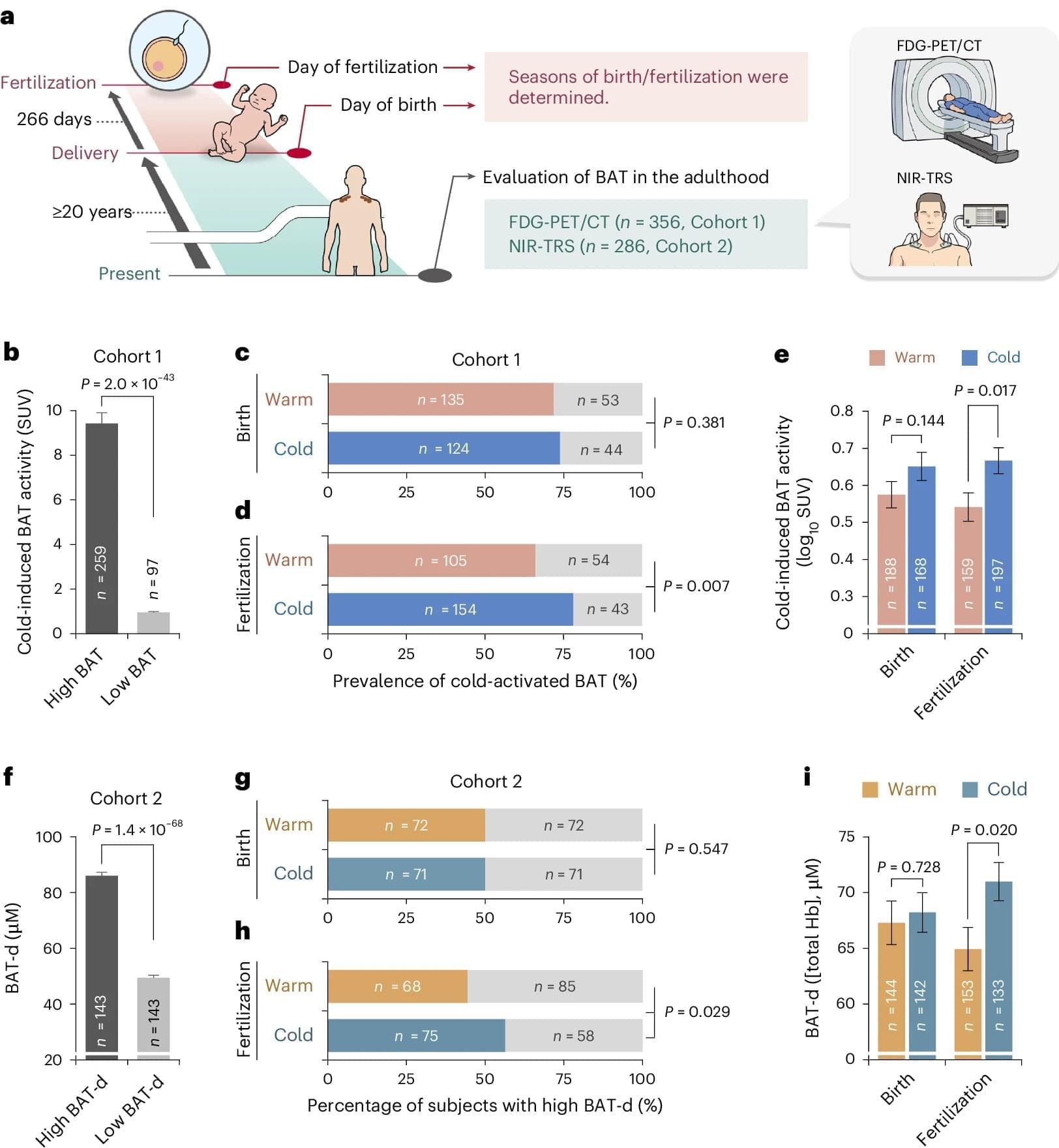
Individuals who were conceived in colder seasons are more likely to show higher brown adipose tissue activity, increased energy expenditure and a lower body mass index (BMI), and lower fat accumulation around internal organs, compared with those conceived in warmer seasons, suggests a study published in Nature Metabolism. The findings, based on an analysis involving more than 500 participants, indicate a potential role for meteorological conditions influencing human physiology.
Although eating habits and exercise are key indicators of fat loss, exposure to cold and warmth also plays a part. In colder temperatures, the body generates more heat (cold-induced thermogenesis) via brown adipose tissue activity and stores less fat in the form of white adipose tissue than it does in hotter temperatures. However, underlying factors contributing to individual differences in brown adipose tissue activity remain poorly understood, particularly in humans.
Takeshi Yoneshiro and colleagues analyzed brown adipose tissue density, activity and thermogenesis in 683 healthy male and female individuals between ages 3 and 78 in Japan, whose parents were exposed to cold temperatures (defined in the study as between 17 October and 15 April) or warm temperatures (between 16 April and 16 October) during the fertilization and birth periods.
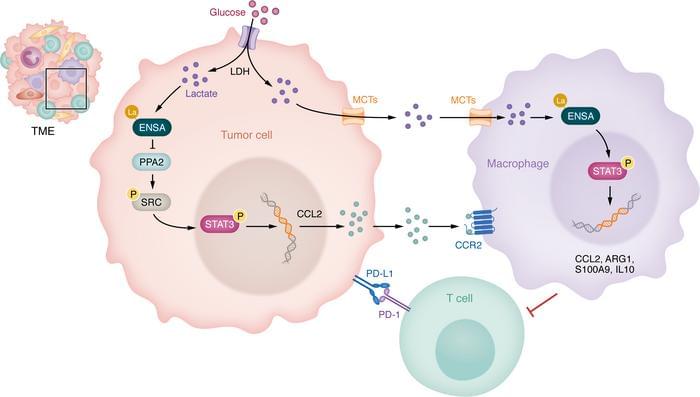
R01 CA203108, R01 CA247234 (to ML), and by the William and Ella Owens Medical Research Foundation (to ML). It was also supported in part by the Department of Medicine, the University of Oklahoma Health Sciences Center.
Address correspondence to: Michael S. Bronze, Department of Medicine, The University of Oklahoma Health Sciences Center, 800 Stanton L. Young Blvd. AAT 6,400, Oklahoma City, Oklahoma, 73,104, USA. Phone: 405.271.5428; Email: [email protected]. Or to: Min Li, Department of Medicine, The University of Oklahoma Health Sciences Center, 975 NE 10th Street, BRC 1262A, Oklahoma City, Oklahoma, 73,104, USA. Phone: 405.271.1796; Email: [email protected].
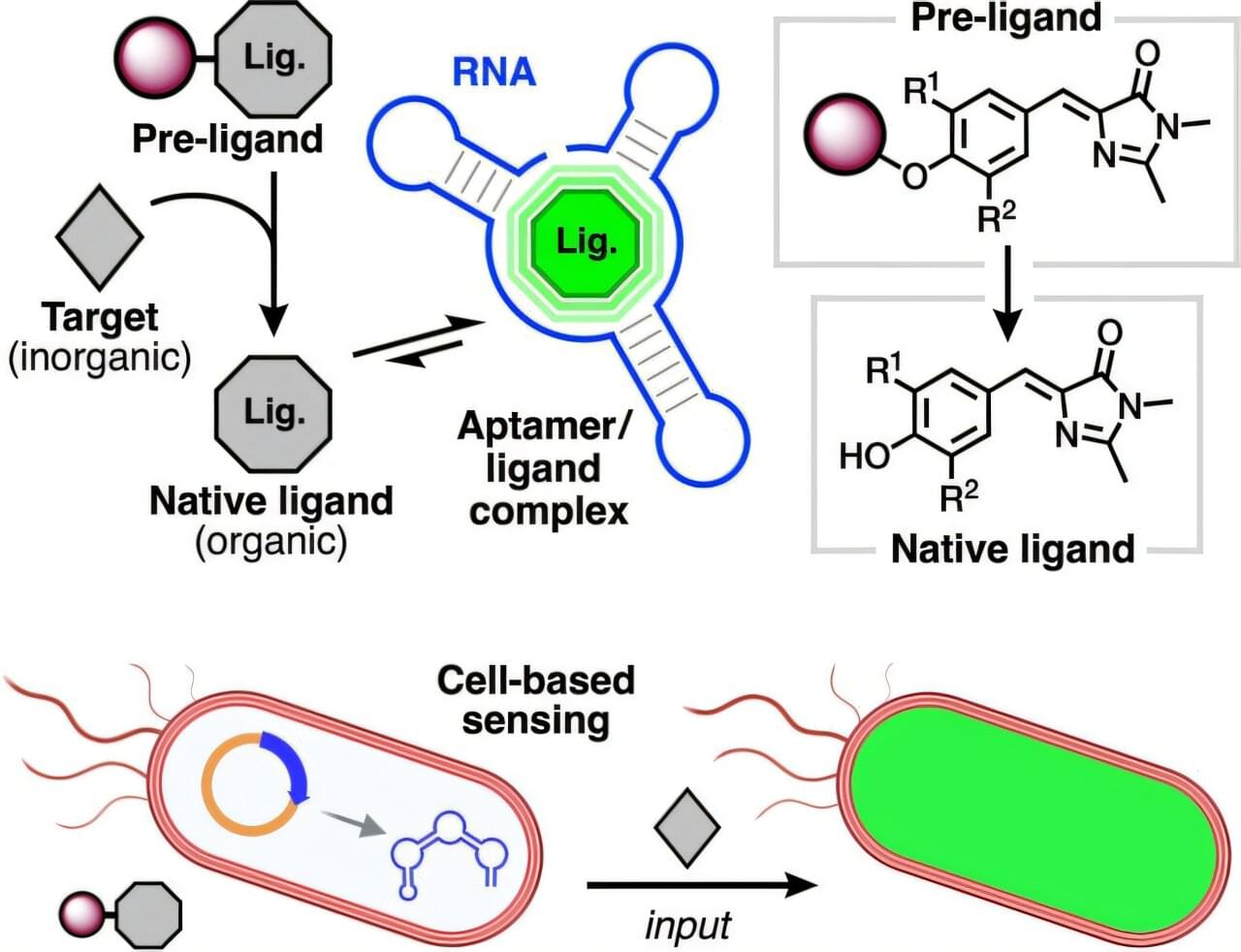
Scientists have transformed RNA, a biological molecule present in all living cells, into a biosensor that can detect tiny chemicals relevant to human health.
Research by Rutgers University-New Brunswick scientists centers on RNA, a nucleic acid that plays a crucial role in most cellular processes. Their work is expected to have applications in the surveillance of environmental chemicals and, ultimately, the diagnosis of critical diseases including neurological and cardiovascular diseases and cancer.
“Imagine that people will go to the hospital and give a sample of cells from their own bodies for regular check-ups,” said Enver Cagri Izgu, an assistant professor in the Department of Chemistry and Chemical Biology in the Rutgers School of Arts and Sciences and the corresponding author of the study.

Scientists have discovered a new phylum of microbes in Earth’s Critical Zone, an area of deep soil that restores water quality. Ground water, which becomes drinking water, passes through where these microbes live, and they consume the remaining pollutants. The paper, “Diversification, niche adaptation and evolution of a candidate phylum thriving in the deep Critical Zone,” is published in the Proceedings of the National Academy of Sciences.
Leonardo da Vinci once said, “We know more about the movement of celestial bodies than about the soil underfoot.” James Tiedje, an expert in microbiology at Michigan State University, agrees with da Vinci. But he aims to change this through his work on the Critical Zone, part of the dynamic “living skin” of Earth.
“The Critical Zone extends from the tops of trees down through the soil to depths up to 700 feet,” Tiedje said. “This zone supports most life on the planet as it regulates essential processes like soil formation, water cycling and nutrient cycling, which are vital for food production, water quality and ecosystem health. Despite its importance, the deep Critical Zone is a new frontier because it’s a major part of Earth that is relatively unexplored.”

Suming Huang & team show the HoxBlin c long non-coding RNA serves as an oncogenic regulator that controls 3D nuclear organization, chromatin accessibility and gene transcription related to leukemogenesis.
The figure shows H&E staining of sternum and spleen from WT and B-ALL HoxBlin c Tg mice.
1Division of Pediatric Hematology/Oncology, Department of Pediatrics, Pennsylvania State University College of Medicine, Hershey, Pennsylvania, USA.
2Department of Molecular Medicine, University of Texas Health Science Center at San Antonio, San Antonio, Texas, USA.
3Genetics Branch, Center for Cancer Research, National Cancer Institute (NCI), NIH, Bethesda, Maryland, USA.

An unusual public health policy in Wales may have produced the strongest evidence yet that a vaccine can reduce the risk of dementia. In a new study led by Stanford Medicine, researchers analyzing the health records of Welsh older adults discovered that those who received the shingles vaccine were 20% less likely to develop dementia over the next seven years than those who did not receive the vaccine.
The remarkable findings, published in Nature, support an emerging theory that viruses that affect the nervous system can increase the risk of dementia. If further confirmed, the new findings suggest that a preventive intervention for dementia is already close at hand.

When the International Maritime Organization enacted a mandatory cap on the sulfur content of marine fuels in 2020, with an eye toward reducing harmful environmental and health impacts, it left shipping companies with several main options.
They could burn low-sulfur fossil fuels, like marine gas oil, or install cleaning systems to remove sulfur from the exhaust gas produced by burning heavy fuel oil. Biofuels with lower sulfur content offer another alternative, though their limited availability makes them a less feasible option.
While installing exhaust gas cleaning systems, known as scrubbers, is the most feasible and cost-effective option, there has been a great deal of uncertainty among firms, policymakers, and scientists as to how “green” these scrubbers are.
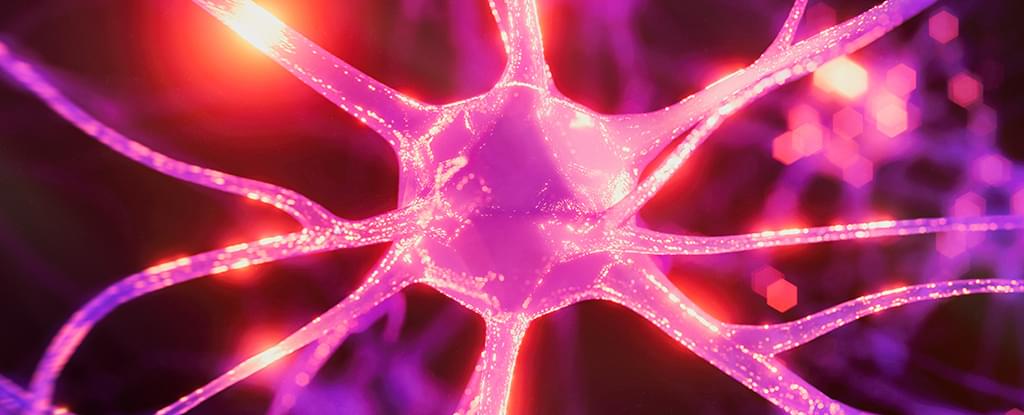
A new model of Alzheimer’s disease has been proposed, which could speed up efforts to understand and cure the complex condition – while bringing all manifestations of the condition under one unifying theory.
Researchers from Arizona State University suggest that stress granules – protein and RNA clumps that form around cells in stressful conditions due to genetic and environmental risk factors – are the primary culprit behind the disease.
In their new study, the team reviewed data from multiple health databases and past papers – particularly a 2022 study on Alzheimer’s progression – to identify widespread changes in gene expression that come with it.